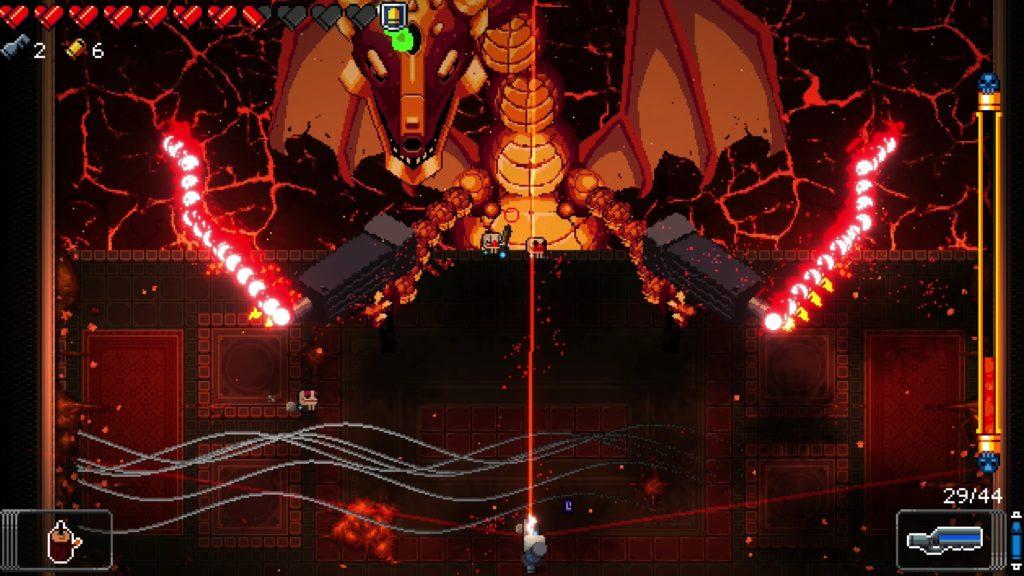Before this class, I, quite frankly, never thought about game design in any meaningful way. Sure, I’ve marvelled at the beauty of a game like Catan and wondered at the genius who created it, distancing myself from a version that could ever design a game like that. You had to have some creative and innate curiosity to create something like that. That could never be me.
I leave this class thinking: that is not so. Let me be clear. I am in no way saying that the game I designed comes even CLOSE to Catan in terms of ironed out mechanics, an endless cycle of changing and fun gameplay, and aesthetic design (though Catan leaves a lot to be desired aesthetically, in my opinion). What I do understand, however, is that this vision of myself as a game designer is within my reach.
I took this class because it worked with my schedule and because I like playing board games with friends (i.e. Catan, surprise). What I didn’t realize was that I would become hooked by the narrative depth and intricacies of many of the games I played within this class, prompting me to further explore narrative and environmental storytelling through my own P2 project. I don’t really play video games and so the critical plays opened me up to a whole new world of narrative design. I like to write a lot and I’m a sucker for a good story, but I don’t usually equate good game design with interesting and enriching narrative. “What Remains of Edith Finch” quickly changed my tune. Though mechanically simple, this game unlocked a new perception of the coming of age narrative and what it means to be a part of a whole. I was inspired by this tightly braided and carefully emergent narrative to create my own meaningful narrative for P2.
That’s where my team and I converged. We thought about the exploitative and capitalist nature of most board games, simply due to the accessible dynamic of resource management. How could we build a game whose focus was not solely on accumulation while also keeping it interesting? How could we embed the narrative into the game architecture and environmental landscape? We drew heavily on the readings and class concepts here to imbue our game with a sense of narrative and world building. We also leaned heavily into both competitive and fellowship aesthetics, which superficially seems oxymoronic. However, the social nature of the game dictates which aesthetic will take precedence each time the game is played. This made our game more exciting and novel.
Of course, the tight timeline of P2 was a hurdle, as we chose to build an analog game and I have very little experience with fabricating materials in the PRL. However, I saw this as an opportunity to grow and to experience literal world building with my very own hands. We iterated so many times on our play mechanics, ultimately shaping the way the pieces and board would interact with one another to create a richer narrative. I also really appreciate the absurdist humor and creativity that my team put forth, designing a game that is both culturally resonant and absolutely ridiculous. I feel like my creativity and humor had a place in this class which was wonderful. And this is what I will carry with me. Next time, I will be sure to put my most absurd, creative and outlandish ideas out there first and see what I come up with.




Stay absurd, creative and outlandish! Your creative self will always be where your best ideas come from. I’m so glad you found your inner game designer. Thank you for begin part of the class!